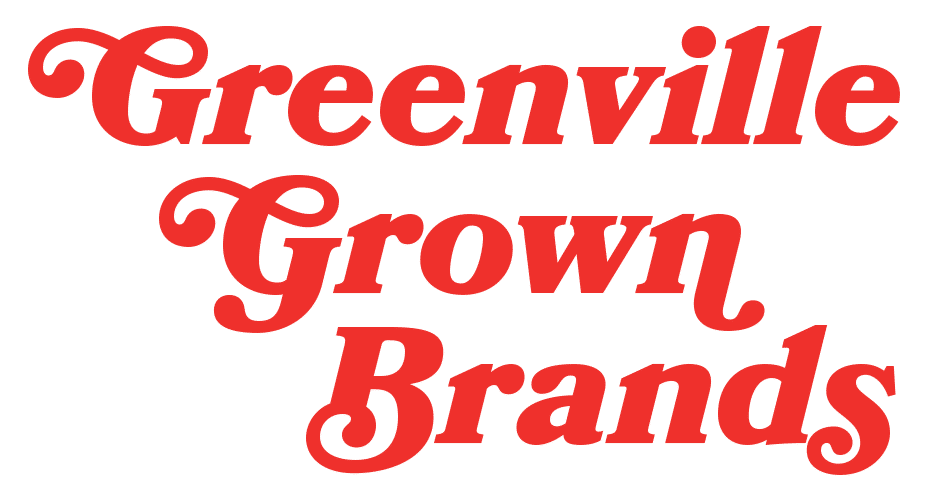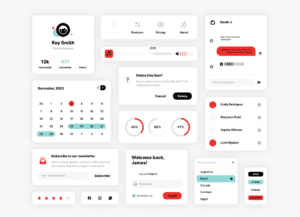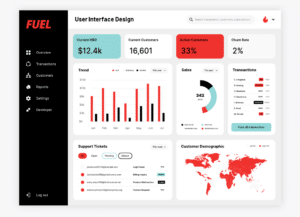Options to maximize your website investment
In the dynamic, and oftentimes noisy, digital landscape, establishing a compelling online presence is critical for businesses, even those with limited budgets. Crafting an effective company website design becomes a strategic imperative to showcase products or services and engage with a wider audience. Over the years, we’ve met with so many clients who recognize this fact but are faced with the challenge of limited budget and resources to make it happen. They recognize a new website is an investment but one that they need to make wisely. Perhaps that is you!
If so, you’ve come to the right place: in this article, we delve into a few options for how to maximize your budget for a company website design. Navigating the realm of cost-effective yet impactful web design solutions, we explore three key strategies to ensure that every penny spent contributes to a visually appealing, user-friendly, and functionally efficient website.
Join us on a journey where creativity meets fiscal responsibility, unlocking the potential to leave a lasting impression in the competitive online landscape.
Option 1: Phased approach or “MVP” model

First up, we’ll explore the phased approach, or as it’s been called – the “MVP”. Primarily used in the world of digital product development, the concept of a Minimal Viable Product (MVP) can be applied as a strategic approach for companies seeking to expedite their company website design. Focused on efficiency and speed to market, the MVP strategy involves the rapid development and launch of the core features of a company website design. This streamlined approach prioritizes essential functionalities, allowing businesses to swiftly engage their audience while conserving resources.
Here at FUEL, we embrace an MVP mindset for website design because we’ve seen first-hand how this agile methodology not only accelerates time to market but also serves as a foundation for both a more robust site in the future and iterative enhancements based on real-time user feedback. We work with our clients to determine the most strategic phased approach – prioritizing core pages and functionality – to ensure they have what they need to get up and running while continuing to build out and plan for the future.
“Perfection is the enemy of progress”
-Winston Churchill
Option 2: Non-custom development/platforms
When it comes to selecting a developer or platform for your company website design, the decision can be daunting – especially for non-code-savvy folks. It can all feel very technical and overwhelming. The good news is we have options. While there is tremendous value in a development partner and someone to navigate the world of HTML, we’re no longer limited to one way to build websites.
Using user-friendly platforms like Wix and Elementor for WordPress for building a company website presents many benefits that cater to businesses of all sizes. When we opt for these platforms, not only can we expedite development, leading to cost savings, but also our clients can feel more in control of their sites moving forward. These platforms offer intuitive drag-and-drop interfaces, empowering users with minimal technical expertise to maintain their websites effortlessly. The real-time editing capabilities facilitate quick adjustments, allowing businesses to adapt swiftly to evolving market trends. With built-in SEO features and responsive designs, these platforms contribute to enhanced visibility and optimal user experiences across various devices.
Here at FUEL, we’ve embraced tools like Elementor in order to transform the website development journey into a seamless and efficient endeavor, enabling us to help our clients establish a compelling online presence with ease.

Option 3: Using of 3rd party tools & software
We often work with clients who, in addition to needing a website to establish their brand and their products and services online, have unique functionality needs as well. They need their site to look engaging and stand out, but more importantly, work for their end-users.
Harnessing the power of third-party tools and software (aka: non-custom coding) is not only a time-saving strategy but also a cost-effective approach to company website design and development. By integrating pre-built solutions and using third-party plugins, businesses can significantly reduce the need for custom development, reducing both time and expenses. For example, e-commerce platforms like Shopify and WooCommerce simplify the integration of crucial functionalities, expediting the launch of online stores. And integrations with Eventbrite allow for seamless event registration. Tools and software like these not only accelerate the development timeline but also translate into substantial cost savings by bypassing the need to create functionality from scratch. Our team here at FUEL embraces third-party tools for our client’s websites because they allow companies to achieve a professional and feature-rich website without breaking the bank.
In the realm of company website design, where balancing creativity and financial responsibility is more important now than ever, exploring options to maximize your website budget becomes a key conversation. From adopting a Minimal Viable Product (MVP) strategy for rapid deployment, embracing user-friendly platforms like Wix and Elementor, or leveraging the efficiency of third-party tools, businesses now have a spectrum of choices to optimize their digital presence. Each option offers a unique set of advantages, empowering companies with limited budgets to craft compelling websites without compromising quality.
By making informed decisions and strategically allocating resources, businesses and brands can not only maximize the impact of their online presence but also ensure a sustainable and cost-effective approach to website design and development. In this dynamic digital era, the power to maximize your website budget lies in the hands of those who embrace innovation, efficiency, and strategic investments.
As a team, we pride ourselves on being scrappy and nimble. We work with our clients to diagnose their challenges and prescribe solutions that work for their goals and budgets while bringing years of experience to the process. Website projects can be daunting and messy. So let us guide you every step of the way. If you’re interested in speaking with us about your next website project, get in touch today! Or check out our website services to see how we may be able to help you.








